
> La flamme de l'amitié <
Cette sculpture signée Tomas Bustos et David Newton a été offerte le 20 juin 2010 aux villes de Châteauroux et de Déols par un mécène américain ayant passé son enfance à Châteauroux, lorsque que son père était affecté sur la base aérienne de l'US Air Force installée dans l'Indre dans le cadre de l'OTAN.
Une plaque explicative réalisée par la ville de Châteauroux rappelle aux passants les "heures américaines" des deux villes.
Les maires de Déols et Châteauroux ont reçu chacun un cadre commémoratif de la part de la délégation américaine.
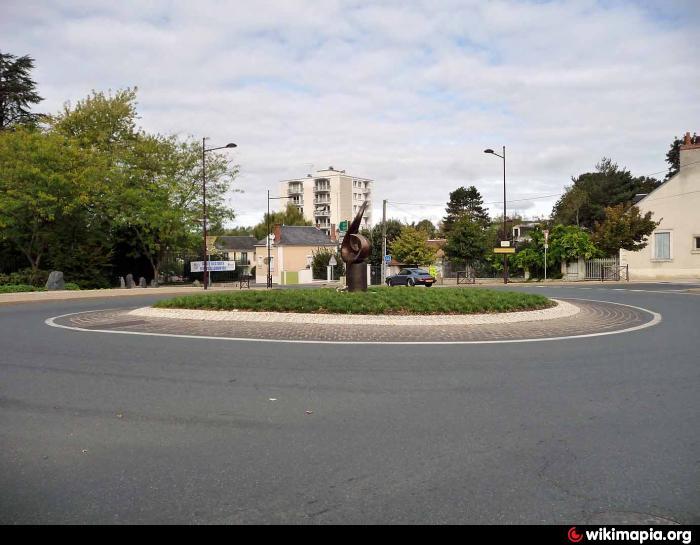
> Le Schiste <
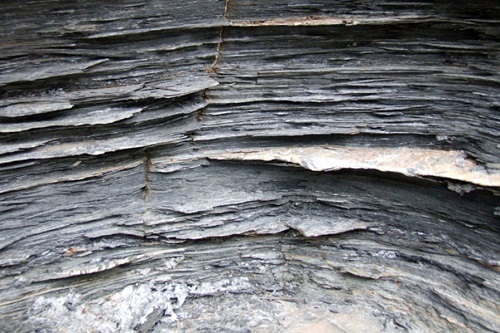
Un schiste est une roche qui a pour particularité d'avoir un aspect feuilleté, et de se débiter en plaques fines ou « feuillet rocheux ». On dit qu'elle présente une schistosité. Il peut s'agir d'une roche sédimentaire argileuse, ou bien d'une roche métamorphique. Quand celle-ci est purement sédimentaire, les géologues préfèrent utiliser le terme « shale ».
Cette dernière distinction est importante pour les ingénieurs pétroliers et gaziers, car une roche métamorphique ne peut pas contenir une quantité significative d'hydrocarbures puisque la température lors de la formation de ces roches dégrade ce type de molécules. Il serait donc plus précis de parler de gaz de shale bien que le terme gaz de schiste ait été popularisé.
Pour ajouter à la confusion, on emploie souvent le terme d'ardoise pour désigner le schiste - l'ardoise étant un type de schiste métamorphique, à grain fin.
Voici ci-dessous un gros schéma qui montre le cycle de formation du schiste :

Rappel concernant les « EarthCaches » : Il n’y a pas de conteneur à chercher. Il suffit de se rendre sur les différents lieux, de répondre aux questions ci-dessous et de me les envoyer via la messagerie Géocaching.
Vous pouvez loguer sans attendre ma confirmation, tout en m’envoyant en même temps vos réponses. Les logs sans réponses seront automatiquement supprimés.
Une photo de vous ou de votre GPS avec le lieu en arrière-plan sera obligatoire, conforme aux nouvelles Guidelines.
Pour répondre aux questions vous aurez besoin de la planche des roches métamorphiques ci-dessous
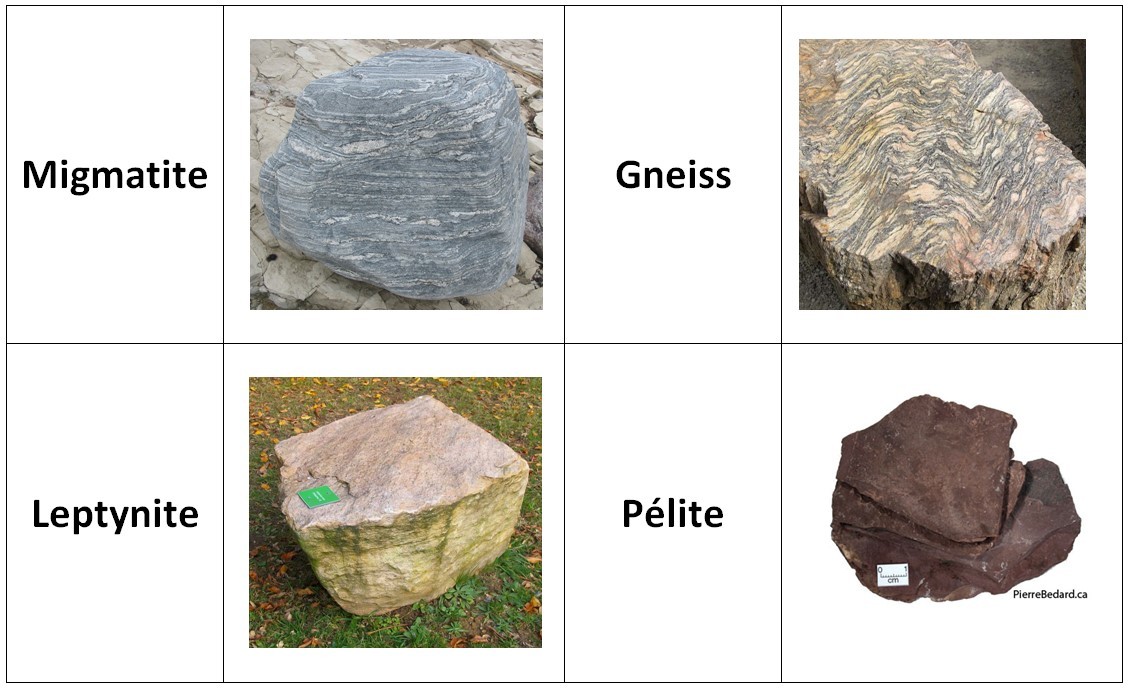
> Les questions <
A l'aide de la photo ci-dessous, allez au lieu correspondant à chacune des pierres à analyser.
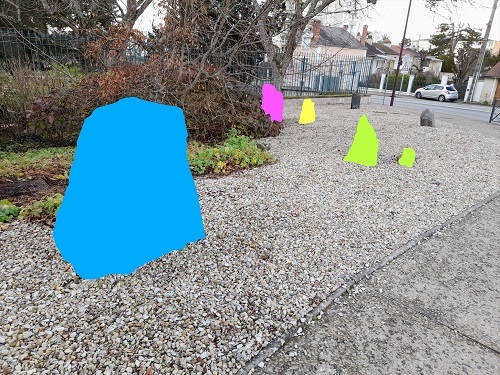
> Question 1 <
De quelle couleur est la roche cachée sous la partie verte ? A quoi peut être due cette couleur ?
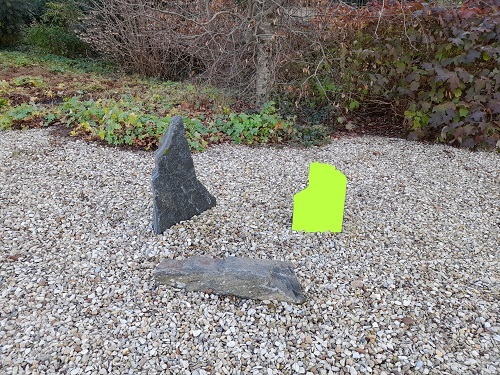
> Question 2 <
De quelle couleur sont les traces sur la roche cachée sous la partie rose ? Sur quelle autre roche de la planche pouvez-vous voir des marques similaires ?

> Question 3 <
De quelle couleur est la roche cachée sous la partie jaune ? Sur quelle autre roche de la planche pouvez-vous voir des marques similaires ?
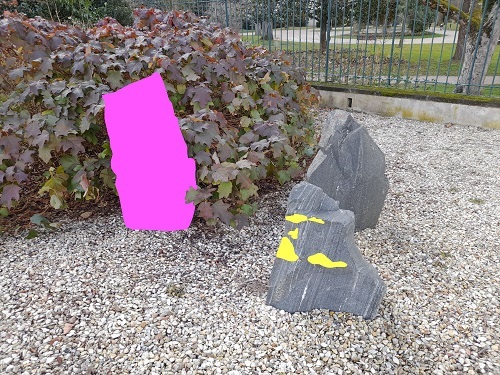
> Question 4 <
A quelle autre pierre pouvez-vous rapprocher le schiste ?

Pour valider la Earth vous devez joindre à votre log une photo de vous (il n’est pas nécessaire de monter une photo de votre visage) où vous voulez dans la zone !
Vous n'avez pas besoin de m'envoyer votre photo par messagerie, je vous contacterais en cas de problème.
Tout log non accompagné de cette photo sera supprimé.
The flame of friendship

This sculpture signed Tomas Bustos and David Newton was offered on June 20, 2010 to the cities of Châteauroux and Déols by an American patron who spent his childhood in Châteauroux, when his father was posted to the US Air Force base in Indre as part of NATO.
An explanatory plaque created by the city of Châteauroux reminds passersby of the "American hours" of the two cities.
The mayors of Déols and Châteauroux each received a commemorative frame from the American delegation.
The Schist
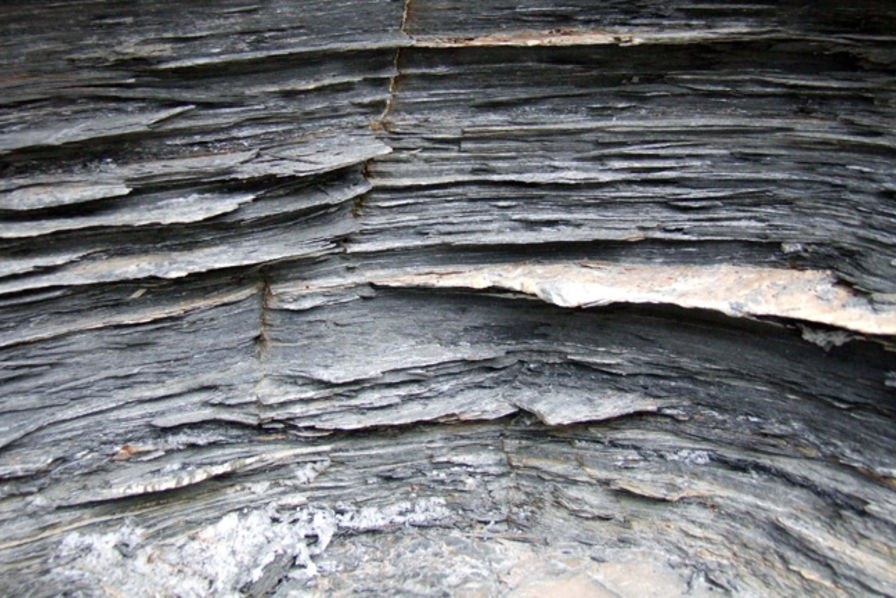
A schist is a rock which has the particularity to have a laminated aspect, and to be cut in thin plates or "rocky sheet". We say that it presents a schistosity. It can be a clayey sedimentary rock, or a metamorphic rock. When it is purely sedimentary, geologists prefer to use the term "shale".
This last distinction is important for oil and gas engineers, because a metamorphic rock cannot contain a significant quantity of hydrocarbons because the temperature during the formation of these rocks degrades this type of molecule. It would therefore be more accurate to speak of shale gas, although the term shale gas has been popularized.
To add to the confusion, the term slate is often used to refer to shale - slate being a type of metamorphic, fine-grained shale.
Below is a large diagram that shows the shale formation cycle:

Reminder about Earthcaches
Reminder about the "EarthCaches": There is no container to search. You just have to go to the different places, answer the questions below and send them to me via the Geocaching messenger.
You can log without waiting for my confirmation, while sending me your answers at the same time. The logs without answers will be automatically deleted.
A picture of you or your GPS with the place in the background will be mandatory, according to the new Guidelines.
To answer the questions you will need the metamorphic rock plate below
The questions
Using the photo below, go to the location corresponding to each of the stones to be analyzed.
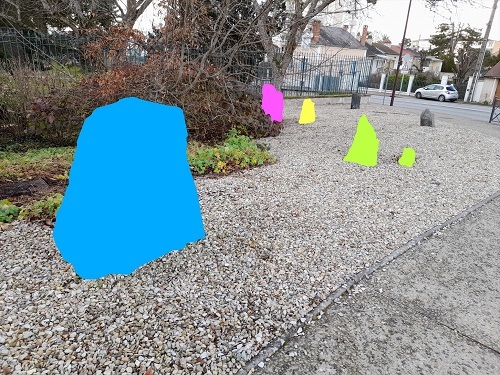
Question 1
What color is the rock hidden under the green part? What could be the reason for this color?

Question 2
What color are the tracks on the rock hidden under the pink part? On what other rock on the board can you see similar markings?
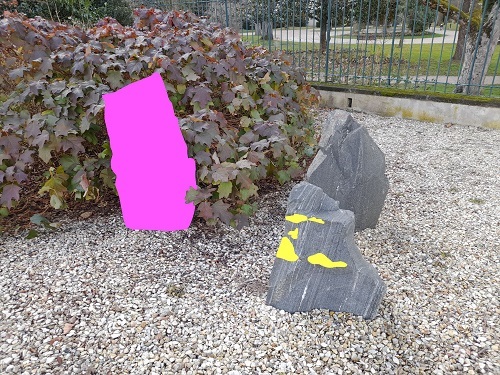
Question 3
What color is the rock hidden under the yellow part? On what other rock on the board can you see similar markings?

Question 4
What other stone can you relate shale to?
PHOTO REQUIRED
Don't forget to include a photo of yourself or a personal item to prove that you have visited the site.